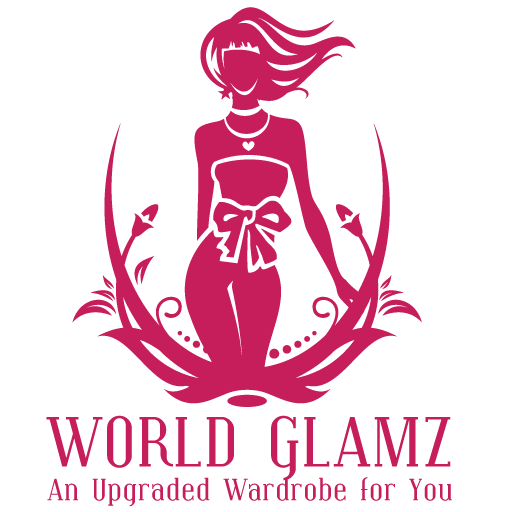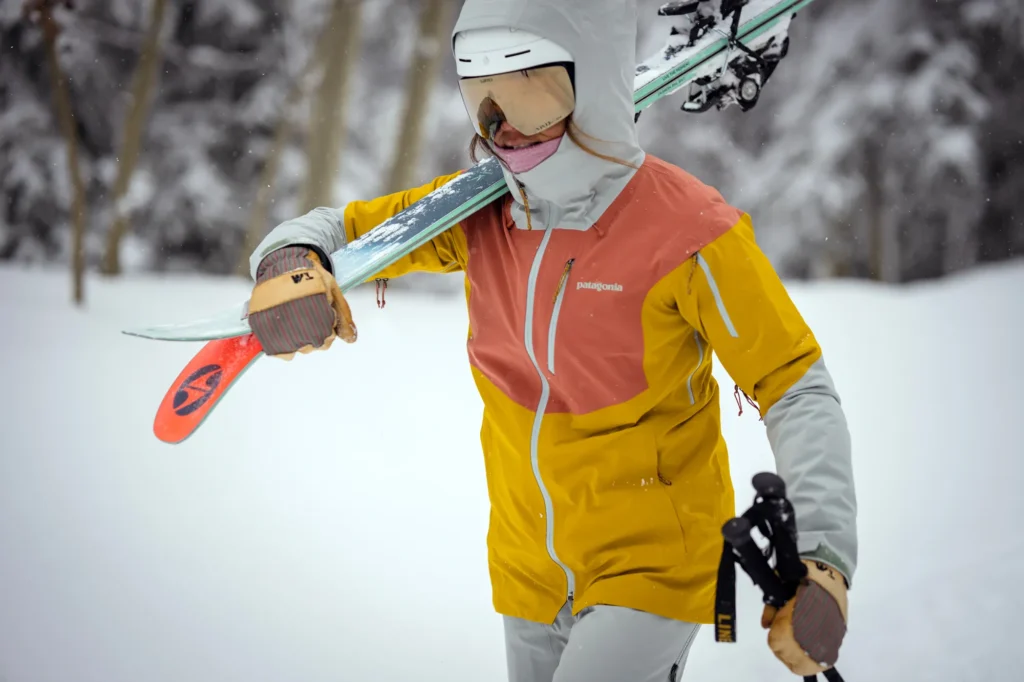As a result, not every women’s ski jacket is made equally. Beyond the fundamental defense against wind, ice crystals, and sunlight, outer layers provide a variety of features, such as a powder skirt, roomy pockets, and a hood that fits over a helmet. The Patagonia Women’s SnowDrifter Jacket is our top choice since it is incredibly lightweight, eco-friendly, designed for wilderness excursions or resort days, and incredibly soft. Get the Picture Women’s Seen Jacket for about $100 less if you’re searching for a more affordable option that will last you the most of your days at the ski resort.
The Best Women’s Ski Jackets of 2024-2025
- Best Overall Women’s Ski Jacket: Patagonia Women’s SnowDrifter Jacket
- Best Budget Women’s Ski Jacket: Picture Women’s Seen Jacket
- Favorite Resort-Backcountry Hybrid: Outdoor Research Women’s Skytour AscentShell Jacket
- Best Breathability and Pockets for Backcountry Travel: ORTOVOX Women’s 3L Deep Shell Jacket
- Most Waterproof Ski Mountaineering Shell: Rab Women’s Khroma Diffuse GORE-TEX Jacket
- Best Insulated Resort Ski Jacket: Halfdays Lawrence Jacket
- Best Women’s Jacket for Plus Sizes: Columbia Women’s Bugaboo III Fleece Interchange Jacket
Best Overall Women’s Ski Jacket
Patagonia Women’s SnowDrifter Jacket
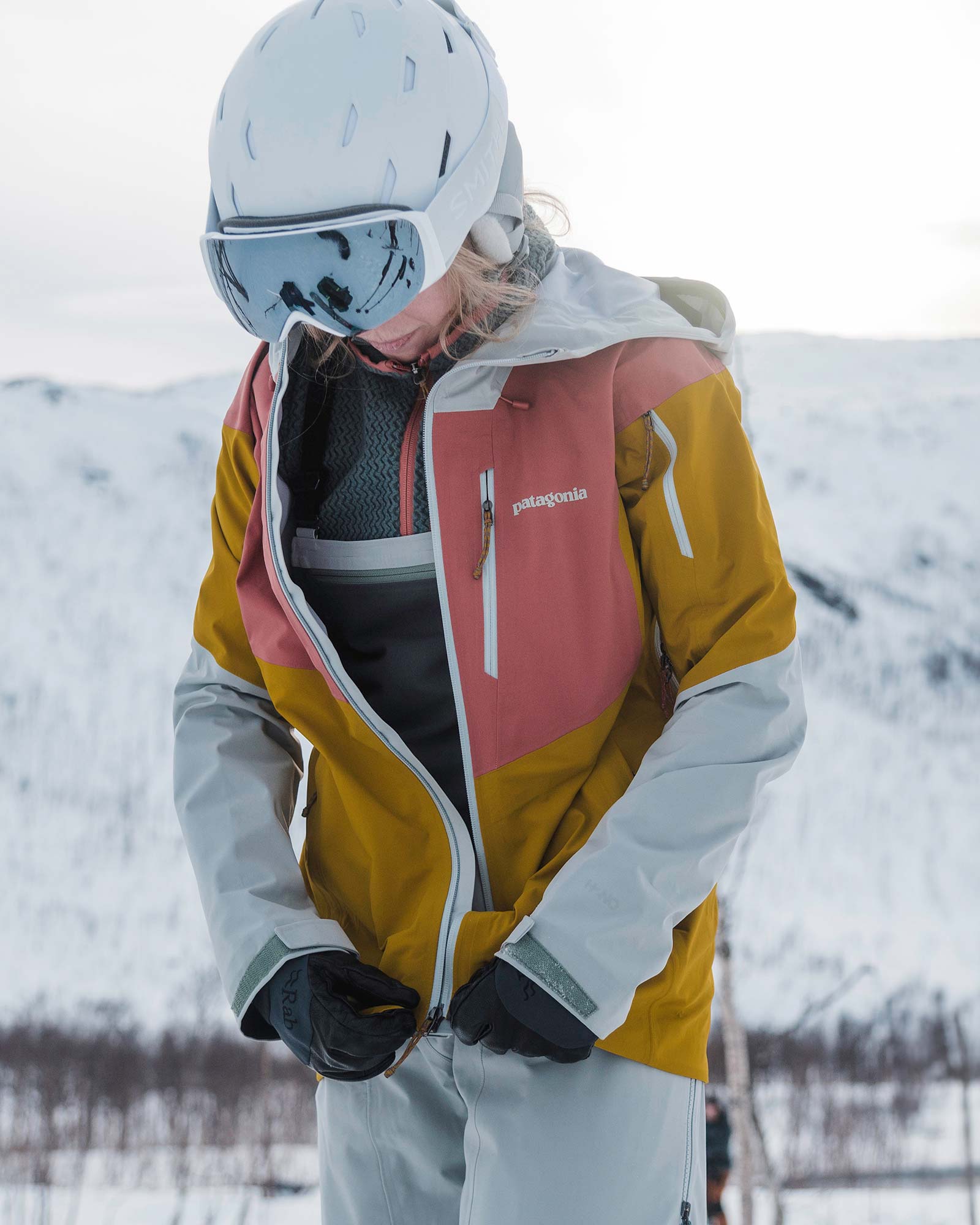
For winter excursions, the Patagonia Women’s SnowDrifter Jacket ($449) is a dependable and adaptable item. It provides strong wind and snow protection and is remarkably lightweight. It keeps you dry and comfortable in a variety of weather circumstances because it is completely waterproof and breathable. One notable aspect of the hood is its articulated fit, which fits helmets and provides unrestricted movement for sports like skiing or conversing in a lift. It is made with functionality and comfort in mind, making it ideal for outdoor enthusiasts. This jacket is proof that functionality and performance don’t have to be mutually exclusive.
Best Budget Women’s Ski Jacket
Picture Seen Jacket
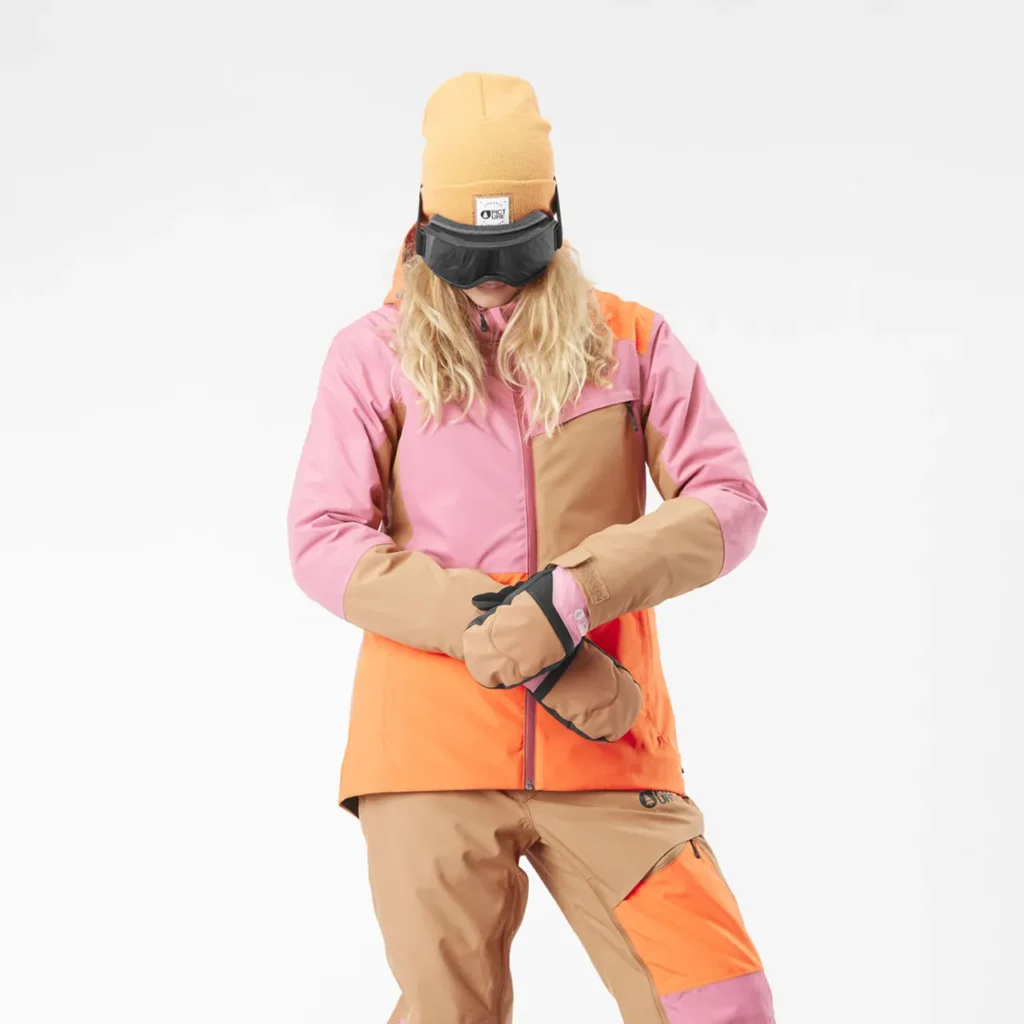
The Picture Women’s Seen Jacket ($370) blends eco-friendly design, practicality, and elegance. It is a prime example of sustainable innovation since it is made entirely of circular polyester, an upcycled fabric made from leftover industrial fabric and used coats. The jacket, which made up 80% of Picture’s 2023 winter collection, was notable for its performance and longevity. Even though it’s a more recent design, the most recent version meets high criteria without sacrificing quality. The Seen Jacket is both useful and eco-friendly because to its stylish design and eco-friendly manufacturing.
Favorite Resort-Backcountry Hybrid Jacket
Outdoor Research Women’s Skytour AscentShell Jacket
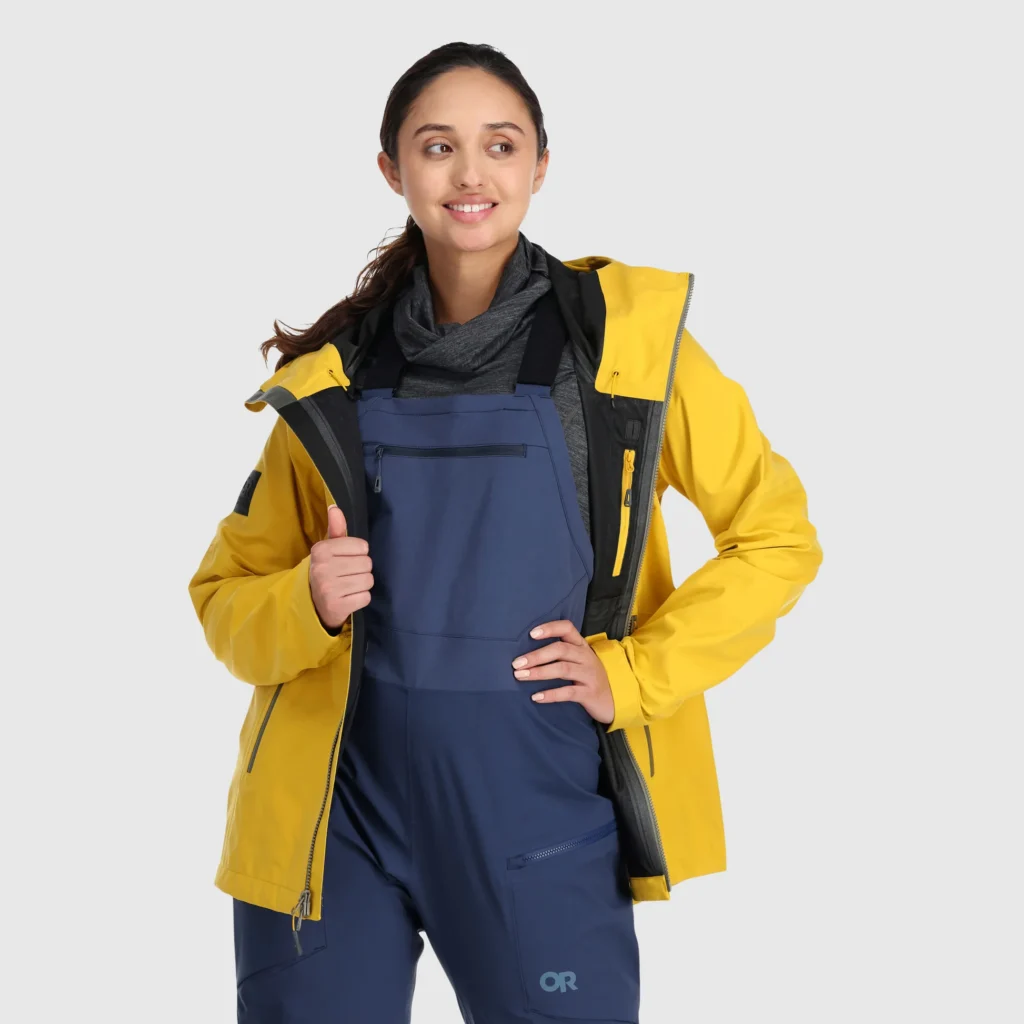
The Outdoor Research Women’s Skytour AscentShell Jacket ($429) is our top pick if you need a lightweight, breathable, windproof, and waterproof shell for backcountry excursions and resort laps. The durable 65-denier nylon and spandex face fabric is teamed with a 50-denier knit back, making this jacket a stalwart against tough circumstances and a laden pack. It is 20% lighter than its predecessor and now contains no purposefully added PFAS. The cut is long, below our hips, and considerably longer in the back, covering the majority of our glutes. It is roomy, but not baggy.
Best Breathability and Pockets for Backcountry Travel
ORTOVOX Women’s 3L Deep Shell Jacket
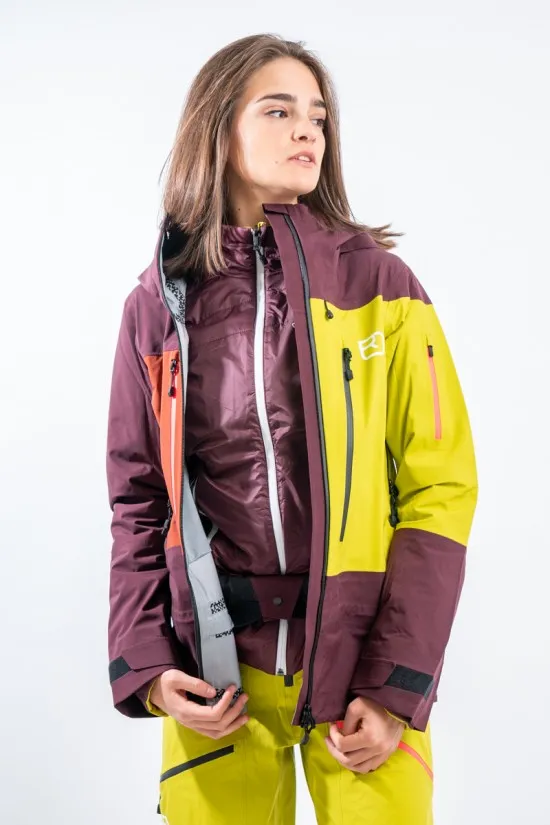
The ORTOVOX Women’s 3L Deep Shell Jacket, which costs $730, is designed to withstand the most extreme mountainous conditions. It protects you from the chilly, wind-driven winds above the treeline and is completely windproof. It is perfect for the rainy and rough weather of the Pacific Northwest because of its sturdy fabric, which also works incredibly well against heavy rain and snow. Backcountry skiers looking for dependability and safety will find this degree of protection invaluable. The Deep Shell Jacket’s sturdy construction and weatherproof capabilities guarantee that you will remain dry and warm in harsh conditions.
Most Waterproof Ski Mountaineering Shell
Rab Women’s Khroma Diffuse GORE-TEX Jacket

A very waterproof jacket is warranted when the snow is pelting and you’re at the top of the lift ride, shoveling a cake of flakes off your equipment. Thankfully, one such jacket was introduced in 2023 and is still available for 2024–2025: Among our best options for women’s ski jackets, the Rab Women’s Khroma Diffuse GORE-TEX Jacket ($500) is one of the most waterproof options. In strong storms with lots of wind, this outer layer kept us dry and, thus, warmer. Additionally, Gore DWR is applied to the face cloth to provide additional repellency and boost.
Best Insulated Resort Ski Jacket
Halfdays Lawrence Jacket

One of the trendiest and most useful items we’ve reviewed is the Halfdays Lawrence Jacket ($375). The layer comes in sizes ranging from XS to 2XL, so it fits well and looks well even in really inclement weather. This jacket is Halfdays’ best-selling women’s ski jacket for several reasons. One notable feature of the jacket is its thermal insulation, which kept us warm during frigid temperatures while we rode the ski lift during whiteouts and then ran errands after leaving the slope. The 100% recycled insulation, which is loaded with PrimaLoft Black, offers 550-fill power down and has a water-resistant surface.
Best Women’s Jacket for Plus Sizes
Columbia Women’s Bugaboo III Fleece Interchange Jacket
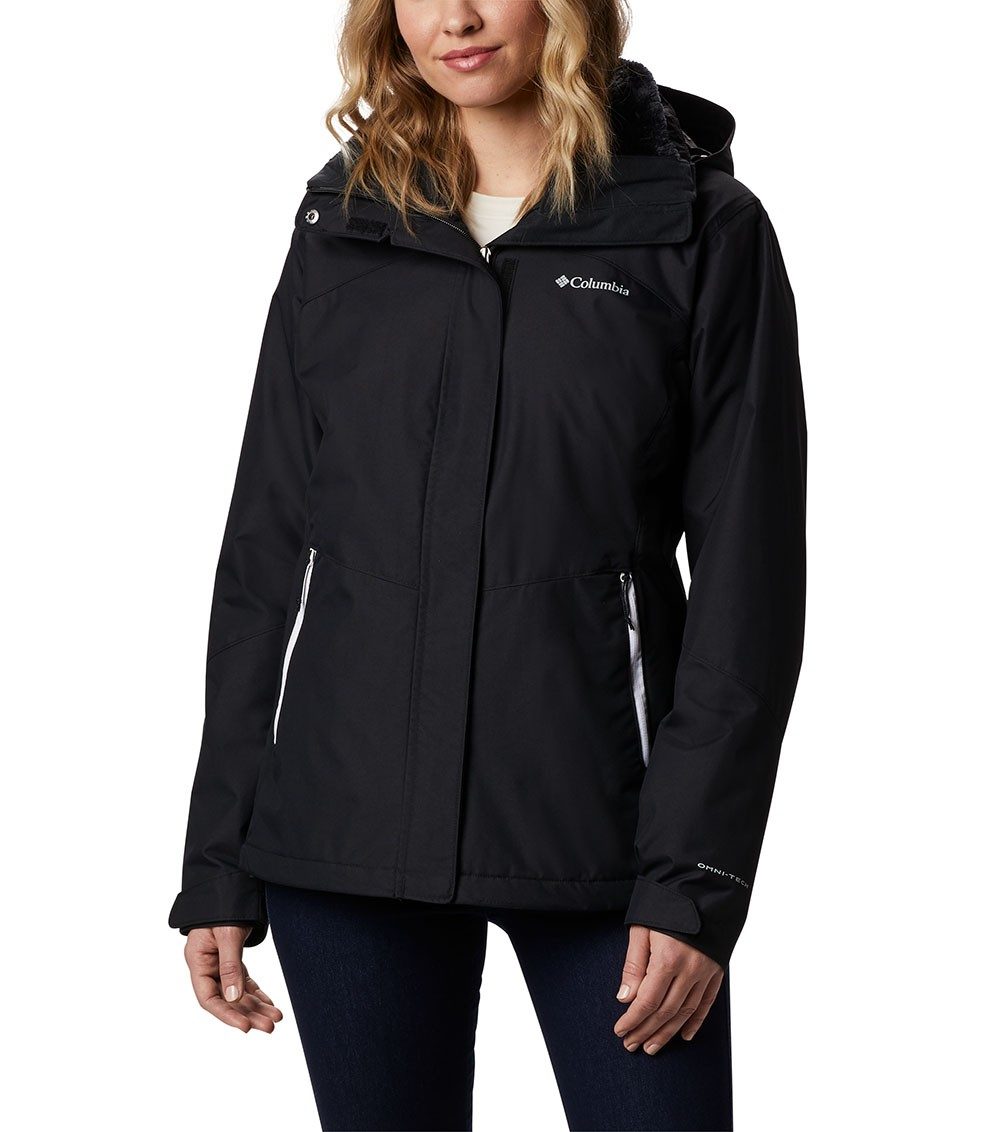
An affordable and adaptable choice is the Columbia Women’s Bugaboo III Fleece Interchange Jacket ($210). It has two distinct parts that zip together for maximum versatility: a comfortable high-pile fleece inner and a two-layer shell with Omni-Heat. It comes in three different configurations to accommodate different weather situations, and each layer can be worn separately or combined. It fits a variety of body shapes and is offered in XS-XXL and plus sizes. The jacket is an exceptional option for winter clothing due to its high quality and practicality.
Rossignol Rallybird Ski Jacket
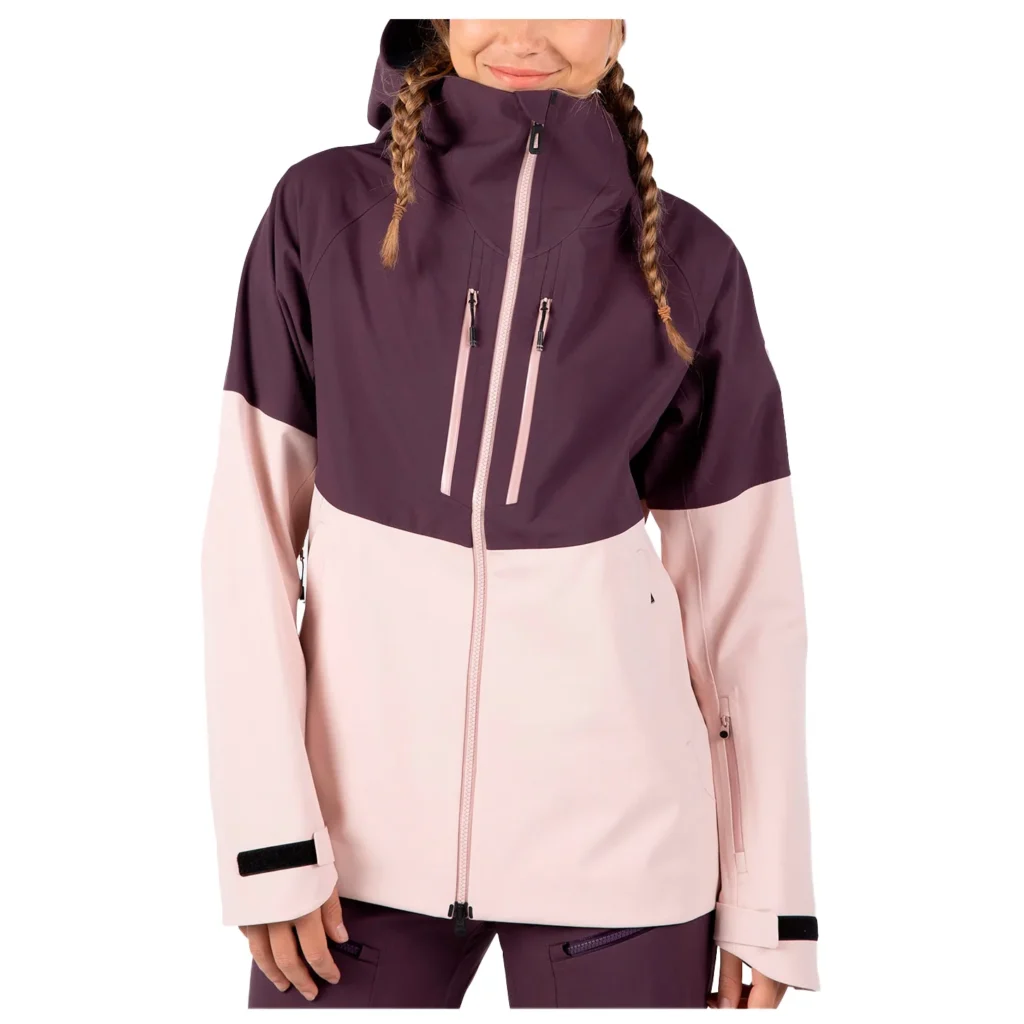
In a stylish compact, the Rossignol Rallybird Ski Jacket ($425) blends functionality, flair, and durability. Compared to the more popular freeride models, its silhouette offers a somewhat slimmer fit, offering a stylish yet practical design. Convenient features including two zipped hand pockets and two chest pockets make it easier to store necessities. For skiers who like to look stylish while on the slopes, this jacket is a fantastic option because it combines performance and style. It can withstand the hardships of winter adventures because to its durable materials. Form and function are perfectly balanced.
Flylow Charlie Coat
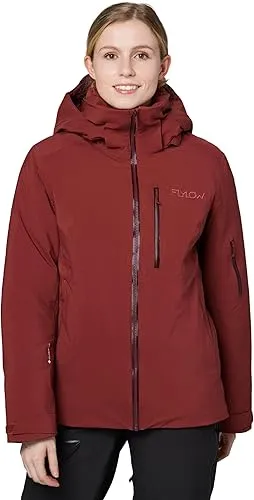
Are you sensitive to cool bluebird days and arctic blasts? Invest in one of Flylow’s most recent designs for women, the Flylow Charlie Coat ($600), a down jacket that is completely waterproof for tearing up the slope. This jacket has 150 g of 800-fill down that has been approved by the Responsible Down Standard (RDS). We can confirm that the Charlie is one of the warmest options available after Senior Editor Morgan Tilton tested it in bitterly cold weather at Crested Butte Mountain Resort. Inside a detachable, fluffy hood that is equally packed is a soft, five-inch-tall collar that is well insulated.
Arc’teryx Women’s Sentinel Jacket
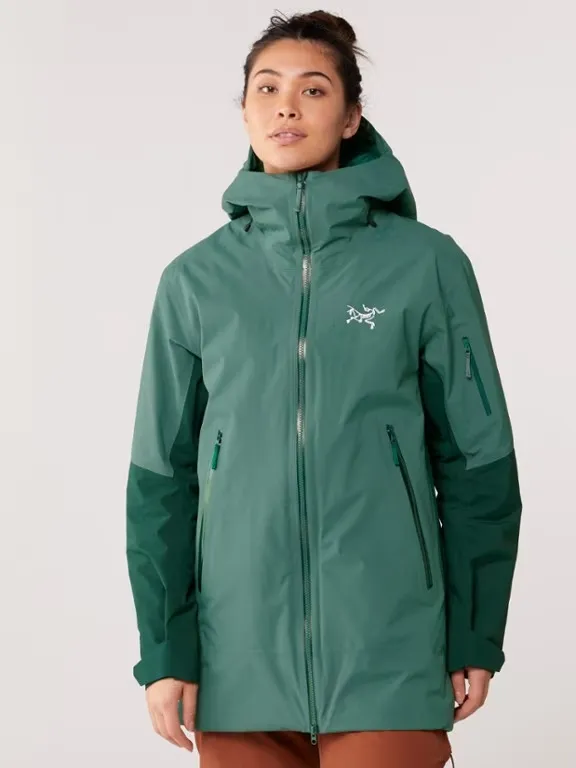
For both resort and backcountry skiing, the Arc’teryx Women’s Sentinel Jacket ($750) is a high-end option. Its previous hourglass silhouette was abandoned in favor of a more relaxed, contemporary cut in the 2023–24 revision for increased comfort and style. The jacket’s new 80-denier GORE-TEX ePE fabric for 2024–2025 is PFAS-free, making it more environmentally responsible without compromising weather protection or durability. It manages demanding ski days with ease because it is both flexible and durable. The Sentinel continues to be a leader in high-performance ski equipment because to its innovative and sustainable design. It’s an investment in high-quality, forward-thinking design.
Helly Hansen Women’s Powchaser 2.0 Jacket

The Helly Hansen Women’s Powchaser 2.0 Jacket ($350) is packed with warm goodness, so check it out if your home ski slope routinely experiences searing winds and teeth-chattering temperatures…. In this instance, what is good for the environment is also good for morale and vitality. In an attempt to stop ocean fill, Helly combined the Powchaser 2.0 with PrimaLoft Ocean Bound, a synthetic insulation that recycles trash that is discovered close to beaches. The technique, which is brand-new as of 2023 and uses only post-consumer recycled materials, had its debut through Helly Hansen and Isbjörn’s clothing in Sweden.
Norrona Women’s Lofoten GORE-TEX Pro Jacket
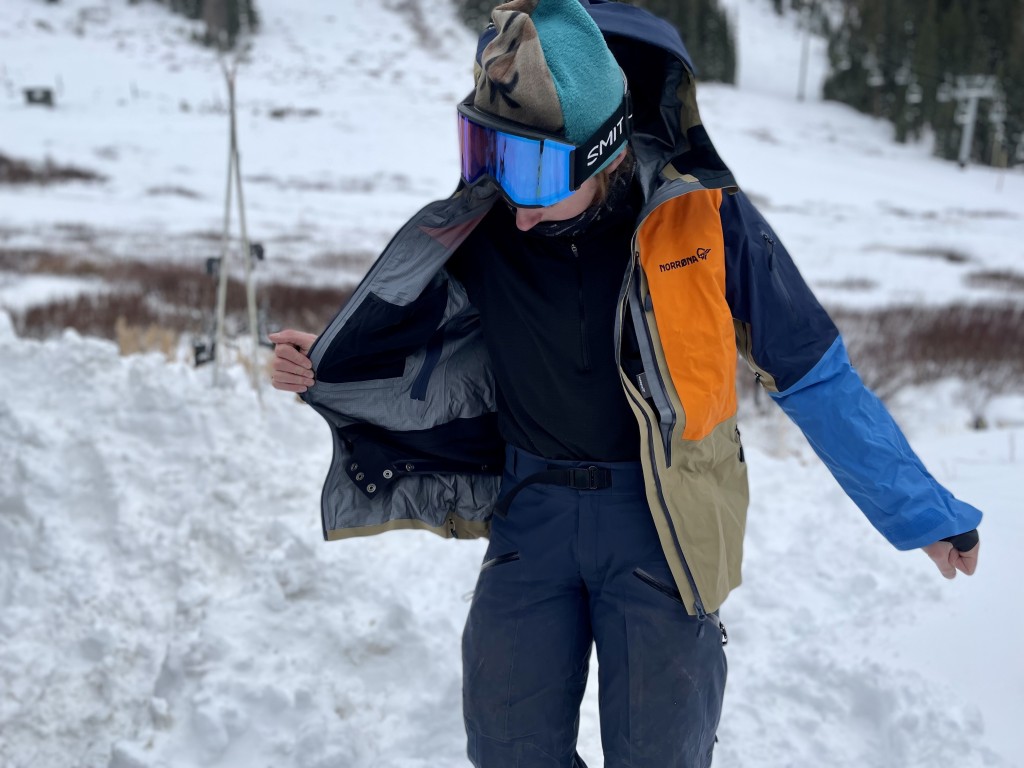
The backcountry style Norrona Women’s Lofoten GORE-TEX Pro Jacket ($799) is incredibly comfortable and well-made. Its straightforward yet useful design puts it in the upper echelon of our favorite jackets. One of the main features is that this jacket is perfect for backcountry trips since it has two enormous Napoleon pockets that allow you to store the majority of your belongings high up, out of the way of a hip belt on your pack. For reduced bulk, the powderskirt can be removed. Furthermore, no better jacket for weather protection exists than the 28K and RET 6 models, which offer a top level of breathability and waterproofness.
Norrona Tamok GORE-TEX Performance Shell Jacket
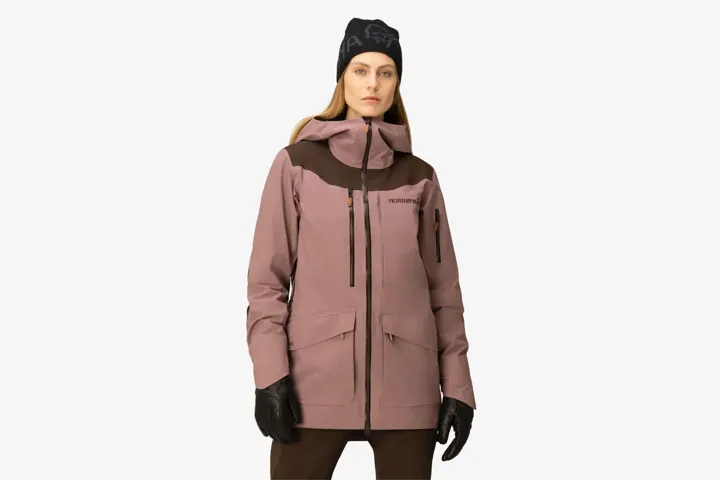
For resort days, the Norrona Tamok GORE-TEX Performance Shell Jacket ($699) is a brand-new freeride shell that is both stylish and totally practical. employing GORE-TEX’s relatively new ePE membrane—the first PFC-free technology from the waterproof-breathable behemoth—Norrona began employing environmentally friendly materials. Additionally, the price is $100 lower than that of the Norrona Women’s Lofoten GORE-TEX Pro Jacket: The Tamok, in comparison, has a somewhat longer shape, two lower-positioned hand pockets with stylish flaps, feminine articulation around the back, and a little less breathability than the Lofoten. Important characteristics like the built-in chest vent and excellent waterproofing are still present in the Tamok.
How We Tested the Best Women’s Ski Jackets
The GearJunkie crew has extensively studied and field-tested women’s ski jackets for this guide across multiple winter seasons since its publication in 2021, in addition to our personal experience on skis and wearing ski jackets. To make sure we’re presenting the most recent best of the best, this guide has undergone seven changes since then.
Our Expert Testers

Heather Balogh Rochfort, a writer and editor from outside of Aspen, Colorado, is a gear tester. Additional contributors include Colorado-based professional ski guide and avalanche instructor Kaylee Walden and gear tester Mary Murphy.
GearJunkie Senior Editor Morgan Tilton, who leads the crew, is an expert in snow sports and grew up skiing in the Southwest Colorado Rockies. She has over ten years of experience as a gear writer, having covered almost sixteen outdoor industry trade fairs for the Outdoor Retailer Daily and Snow Show Daily. She also holds the position of Snowboard Editor at Teton Gravity Research.
Our Testing Grounds

Tilton is a ski jacket testing company based in Crested Butte, in the windy center of Gunnison Valley. Tilton conducted 70 days and almost 200 hours of backcountry and frontcountry testing on women’s ski coats in 2023. She examined women’s ski jackets for 215 hours over 60 days in 2024. Shoveling enormous amounts of snow is not included in those figures. Blizzards, below-freezing temperatures, strong winds, heavy and wet snow, lots of perspiration, and sunshine were all part of her field days.
In an attempt to evaluate women’s ski coats, Rochfort spent more than 60 days on skis in the Roaring Fork Valley during the 2023–2024 season.
In 2022 and 2023, the GearJunkie crew met up for a ski week at Crested Butte Mountain Resort twice a year.
Our Testing Process

Women’s ski jackets are tested under various conditions and over a number of days, taking into account factors like fit, breathability, waterproofness, density, comfort, sustainability, durability, functionality, hand feel, quality, and value. The number, placement, and design of the pockets, as well as the zippers, zipper pulls, hood, brim, cuffs, wrist gaiters, collars, and liners, are among the features we pay attention to. We also search for jackets with the most prestigious awards, cutting-edge innovations, and classic styles.
Our team has decided on the final choice since it is the best available alternative. These jackets serve a broad spectrum of downhill skiers, even though they can be used for a number of winter sports.
Buyer’s Guide: How to Choose a Women’s Ski Jacket

It can feel like there are countless options for women’s ski jackets. Where you ski most, the climate and weather, your objectives, what fits well, the product’s finer points (such as the location of pockets and if the powder skirt is detachable), and your chosen look and style all play a role in selecting the best ski and snowboard jacket.
Two important dividers are: People in the Pacific Northwest who work in the maritime industry ought to think about choices with a higher degree of waterproofness. In general, skiers who prefer a sunnier, drier area with a continental snowpack, such as Colorado, can choose jackets that are more breathable and less waterproof. Another important consideration that affects the jacket’s design is whether you want to ride ski lifts inbound or go backcountry.
You can specify other qualities you value, like as insulation, a wider hood, or underarm vents, within those objectives and constraints. Your budget and the durability of your equipment might be determined by the time commitment and demands of your skiing.
The reality that we also want our jacket to look nice cannot be avoided. To determine which alternative is best for you, take into account both the style and all the technical aspects.
Insulated vs. Non-Insulated
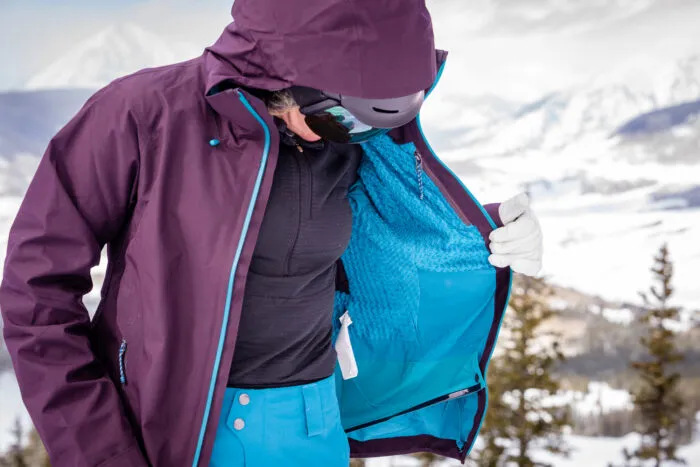
Many specialized women’s ski coats only serve as an external waterproof, windproof shell; they don’t provide any insulation. The most adaptable choice for wearing in a range of weather circumstances is a shell jacket. If you slide out, you can pull on this outer layer to keep dry and shielded from the sun, wind, precipitation, nearby flora, such as tree branches, and abrasive snowburn.
For colder days, designs without insulation usually allow for the addition of a midlayer on top of the base layer. Climates with a range of temperatures, spring days at the resort (with chilly mornings and warm afternoons), and powder days—when you’re working harder and can be generating more heat—are the ideal settings for this kind of jacket.

Other designs are insulated. An insulated jacket might be an excellent option if the weather is consistently cold, windy, or you feel cold easily. Insulated ski and snowboard jackets can be ideal for long lift trips (especially with hair-raising gusts) and lift queues, frequent stops when going downhill, and subfreezing or windy conditions. When stopping, photographers, instructors, guides, parents, and teachers may find an insulating jacket useful.
Some skiers don’t have to worry as much about what midlayer to pack because they can wear an insulated jacket over a base layer. Each jacket has a different type and degree of insulation, ranging from synthetic materials to down-filled panels to flannel. The Women’s PowChaser 2.0 Ski Jacket by Helly Hansen is a fantastic choice .
